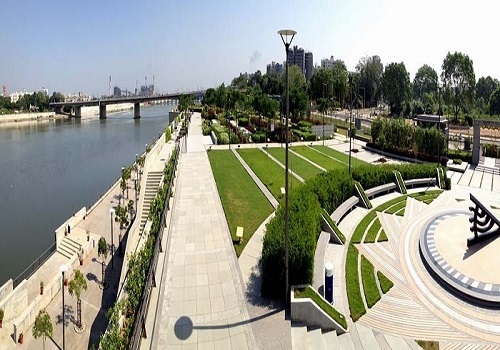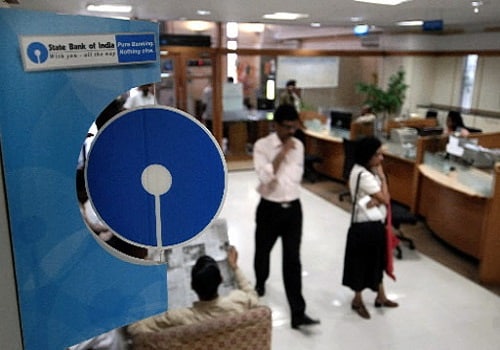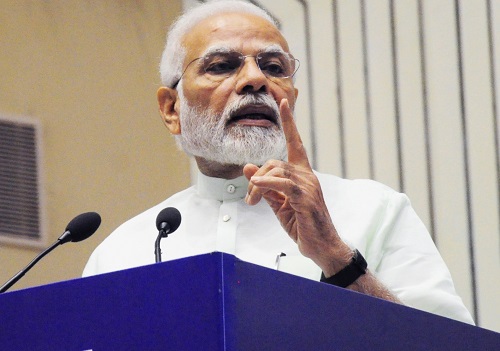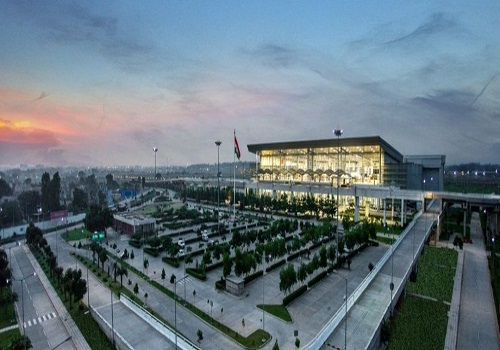Smart City Mission projects on way to completion in 2023

Follow us Now on Telegram ! Get daily 10 - 12 important updates on Business, Finance and Investment. Join our Telegram Channel
The year ahead is likely to see the completion of the Centre's flagship urban transformation scheme 'Smart City Mission', which ensures that people gain access to core infrastructure, a clean and sustainable environment, and a decent quality of life through the application of smart solutions.
The government launched the Smart Cities Mission (SCM) on June 25, 2015. 100 Smart Cities were selected through four rounds of competition from January 2016 to June 2018. Uttar Pradesh tops with a maximum 13 of smart cities, Tamil Nadu has 12, and Maharashtra, 10.
The period of implementation of the SCM has been extended upto June 2023 and all Smart Cities are expected to complete their projects within the stipulated time.
Government data disclosed that nearly 88 per cent of the funds given by the Centre for smart city projects has been utilised. According to the Ministry of Urban Affairs, as on December 2, 2022, the government has released Rs 34,675 crore of which Rs 30,418 crore (88 per cent) has been utilised. Work orders have been issued in 7,738 projects worth Rs 1,81,112 crore of which 4,987 projects worth Rs 92,439 crore have been completed.
About urban transformation through the mission projects, a senior official said that Integrated Control and Command Centre has become operational in a number of cities, including Ahmedabad, Kakinada, Visakhapatnam, Nagpur, Pune, Rajkot, Surat, Vadodara, Bhopal and many others.
These are becoming cleaner due to monitoring of cleaning work through CCTV cameras leading to reduction in instances of thrown garbage, littering, urination in public, and night time burning of garbage. Moreover, the Intelligent Transit Management System has helped cities to improve its operational efficiency by reducing its operational cost while improving the service levels.
Smart City Centres are also providing technological support in ensuring better safety of women on the streets, environment sensitivity of people, faster response and better preparedness for emergencies and disasters.
The focus of the Mission is on sustainable and inclusive development and the idea is to look at compact areas, create replicable models which will act as lighthouses for other areas in the same city/other aspiring cities.
As per SCM Guidelines, the Central government has to provide financial support to the extent of Rs 48,000 crore over five years to the 100 Smart Cities which is on an average Rs 100 crore per city per year. An equal amount on a matching basis has to be contributed by the state government or the urban local body (ULB).
For proper Implementation of the mission at the city level, a special purpose vehicle (SPV) has been created. Moreover, Smart City Advisory Forums (SCAFs) comprising District Collector, MP(s), MLA(s), Mayor, CEO of SPV, local youths, technical experts etc. has been constituted in each Smart City to advise and enable collaboration among various local stakeholders.
Apart from this there is state and Centre level monitoring of the Mission projects in the cities. At the state level, the High Powered Steering Committee (HPSC) chaired by the Chief Secretary has been established to guide mission implementation.
At the national level, the implementation of SCM is being monitored by an Apex Committee headed by Secretary, Ministry of Housing and Urban Affairs (MoHUA).
Officials said that nominee directors of the Ministry on the boards of SPVs monitor progress in respective cities on a regular basis. They said that the Ministry regularly interacts with the states and Smart Cities through video conferences, review meetings, field visits, regional workshops etc. at various levels to assess the performance of cities and handhold them for improving the same.
Smart Cities are assessed on various parameters including, but not limited to, project implementation and utilisation of funds through the Online Geospatial Management Information System (GMIS).























